The Ludwik Grohman Mansion in Łódź, Poland
Tylną 9/11, Łódź
In the history of architecture in Łódź, the name of Hilary Majewski is inextricably linked with the cityscape of the late 19th century. His talent and intense creativity are manifested in a multitude of palaces and villas that still characterize the historic industrial metropolis.
Majestically dominating the address Tylną 9/11 in Łódź is the magnificent villa of textile manufacturer Ludwik Grohman (1826-1889). The villa with a representative driveway is located in the eastern part of the former cotton mill factory complex and is a fine example of the Italian Renaissance in Poland. Built on a square ground plan, it was completed under Majewski's direction in 1881. Just three years later, the south side was extended.
Shortly before the turn of the century, the building was enlarged again due to the expansion of the family through the marriage of Ludwik Grohmann's son Leon. The east side received another wing with an additional open staircase and winter garden.
The structural execution and richly decorated interior was of the highest quality and shows parallels to the Villa Edward Herbst, also built by Majewski, which is certainly one of the most beautiful museums in the city today. Predominant materials were marble and various types of wood. Particularly noteworthy architecturally are the ballroom and the paneled study.
The historic site also includes an outbuilding with a coach house, an orangery and a spacious garden that extends to the west and south of the villa and today forms part of a public park.
While the city's most important and outstanding villas are now open to the public or have been restored and used, Villa Grohmann has been abandoned for many years, but is now being gradually renovated. Interested parties have the opportunity to view the property from the outside and get an idea of its future appearance.

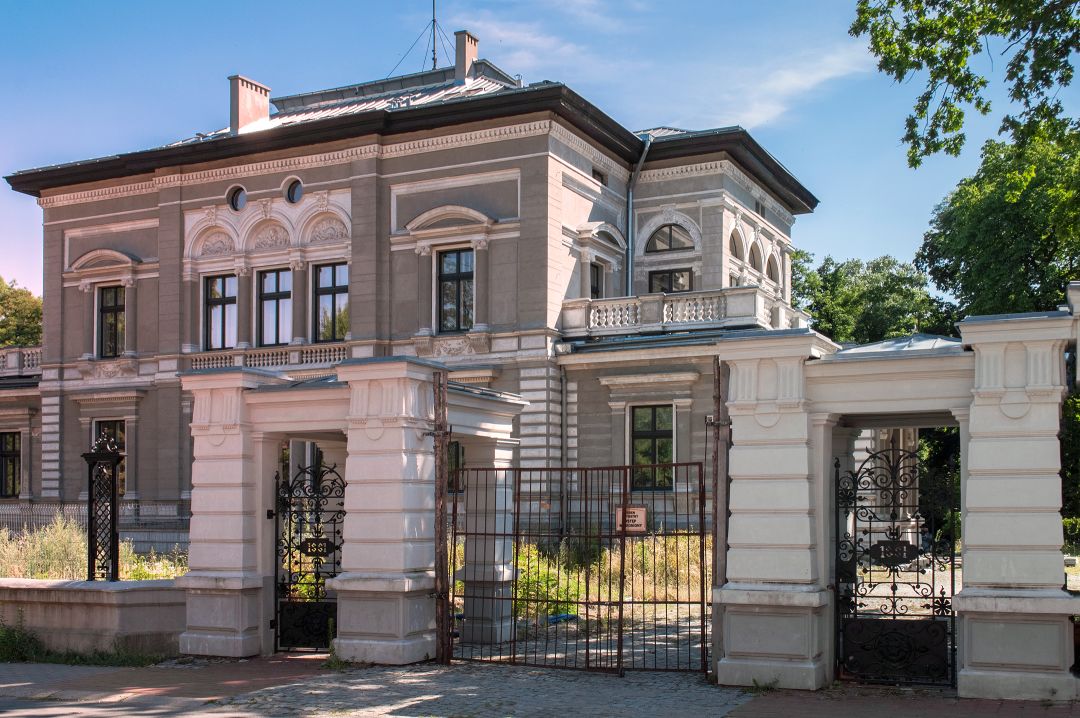
Majestically dominating the address Tylną 9/11 in Łódź is the magnificent villa of textile manufacturer Ludwik Grohman (1826-1889). The villa with a representative driveway is located in the eastern part of the former cotton mill factory complex and is a fine example of the Italian Renaissance in Poland. Built on a square ground plan, it was completed under Majewski's direction in 1881. Just three years later, the south side was extended.
Shortly before the turn of the century, the building was enlarged again due to the expansion of the family through the marriage of Ludwik Grohmann's son Leon. The east side received another wing with an additional open staircase and winter garden.
The structural execution and richly decorated interior was of the highest quality and shows parallels to the Villa Edward Herbst, also built by Majewski, which is certainly one of the most beautiful museums in the city today. Predominant materials were marble and various types of wood. Particularly noteworthy architecturally are the ballroom and the paneled study.
The historic site also includes an outbuilding with a coach house, an orangery and a spacious garden that extends to the west and south of the villa and today forms part of a public park.
While the city's most important and outstanding villas are now open to the public or have been restored and used, Villa Grohmann has been abandoned for many years, but is now being gradually renovated. Interested parties have the opportunity to view the property from the outside and get an idea of its future appearance.
Matching Properties
Historic Properties in the Łódź VoivodeshipMore Pictures of Villa Grohman in Łódź



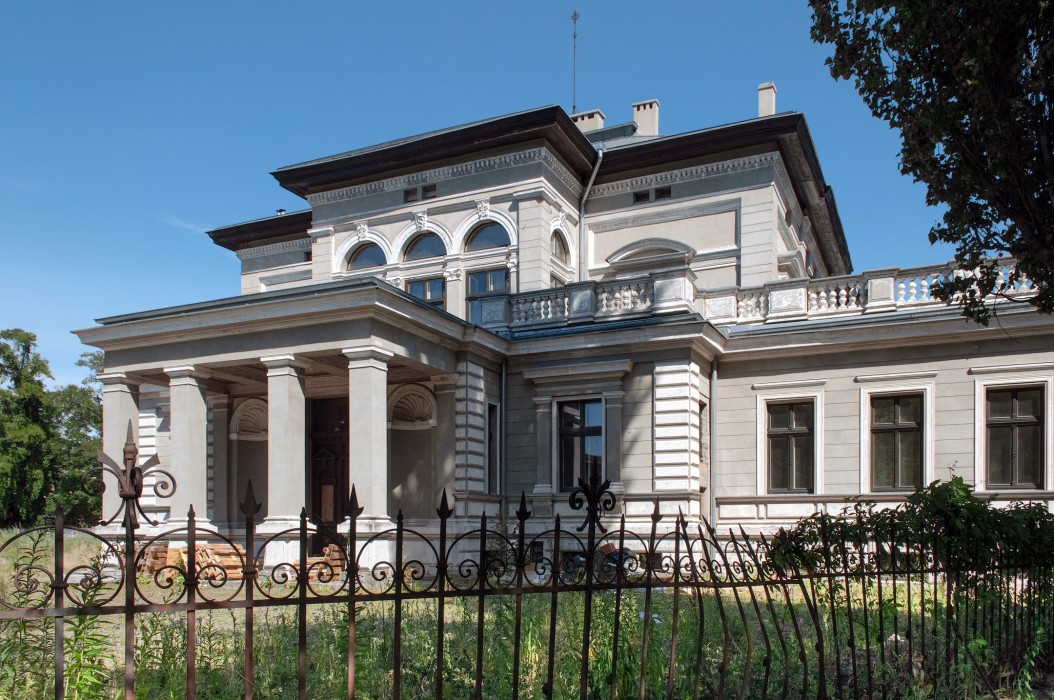

 Deutsch (DE)
Deutsch (DE)
 English (US)
English (US)
 Francais (FR)
Francais (FR)
 Polski (PL)
Polski (PL)
 Česky (CZ)
Česky (CZ)
 Italiano (IT)
Italiano (IT)
 Dansk (DK)
Dansk (DK)
 Nederlands (NL)
Nederlands (NL)
 Español
Español
 Slovenská
Slovenská


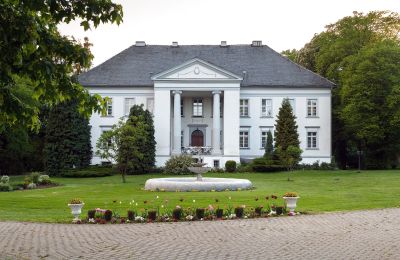
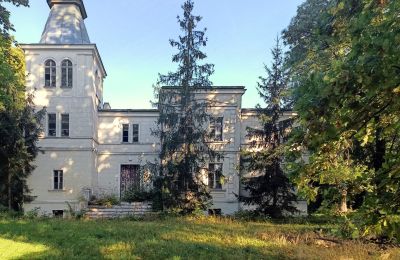

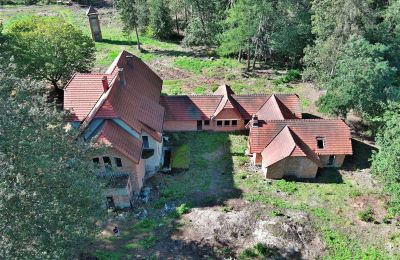



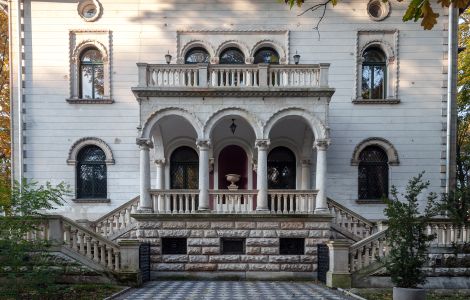

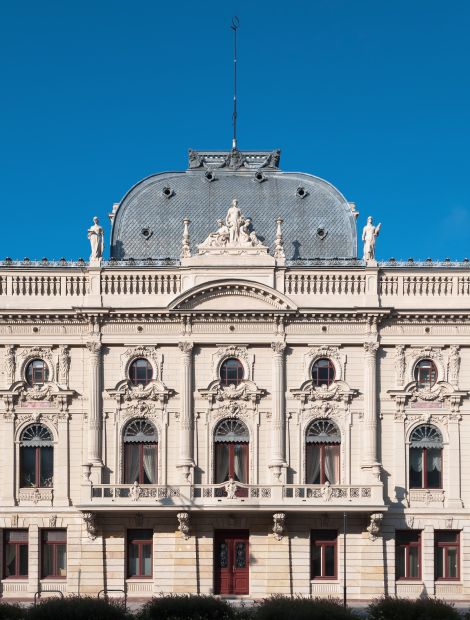












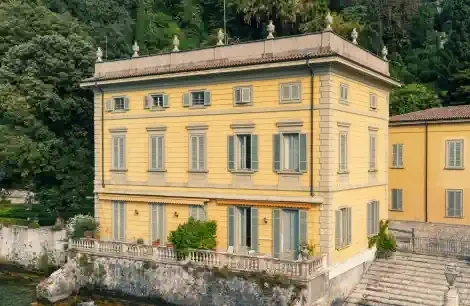
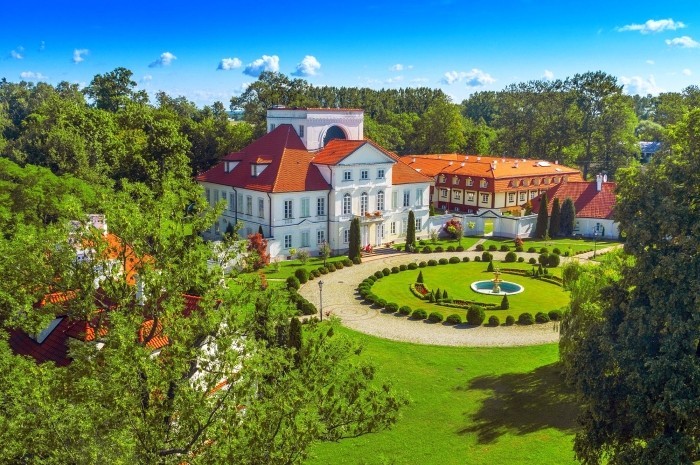
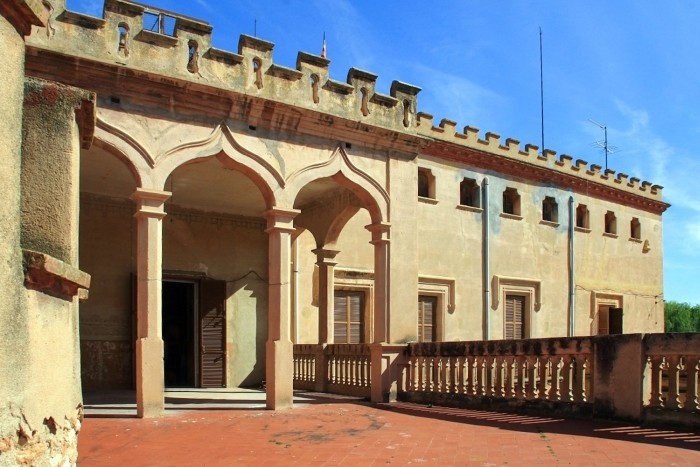
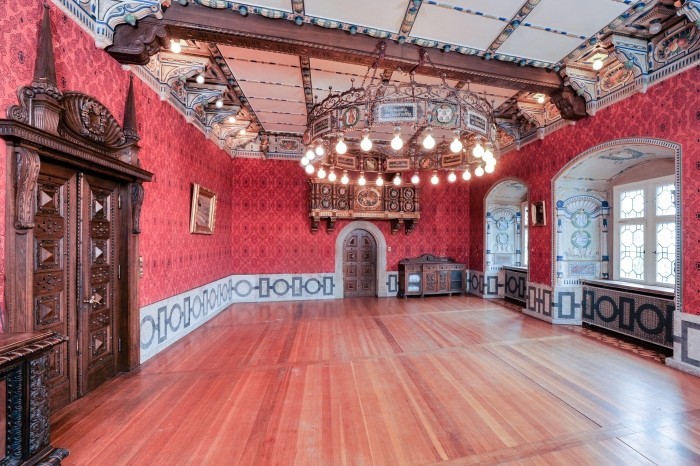
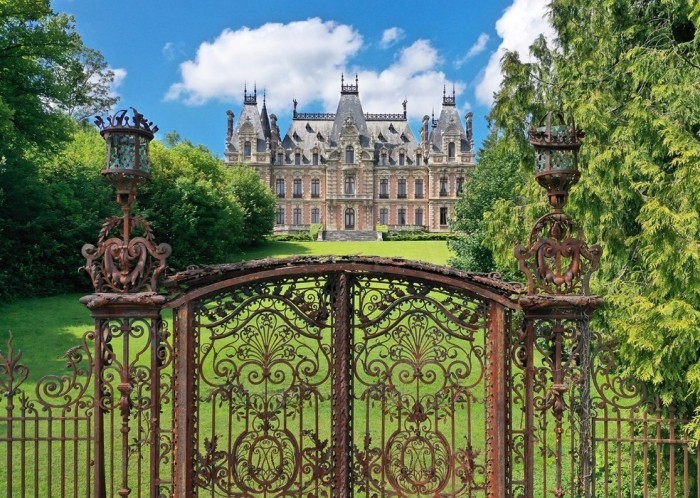

Write a comment!